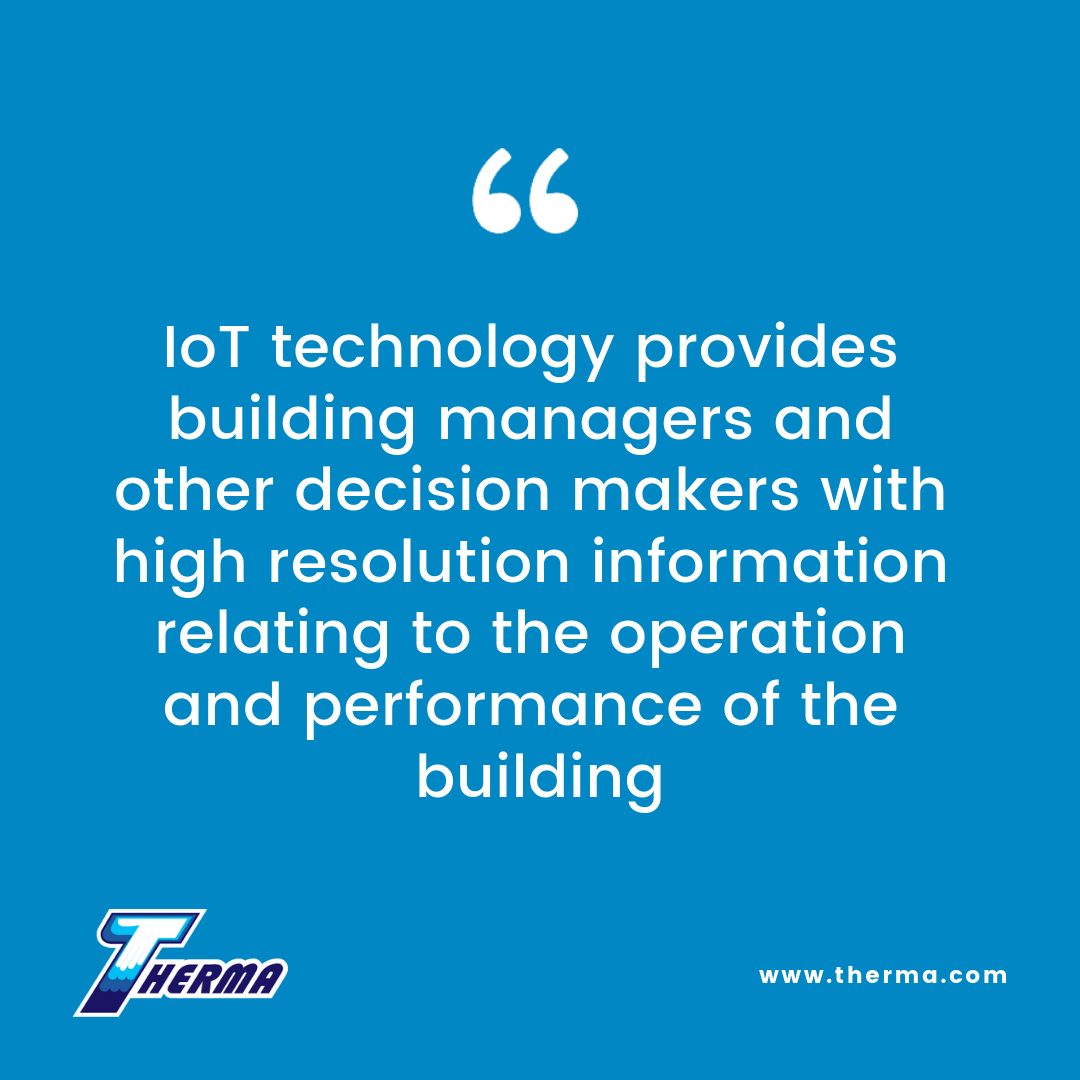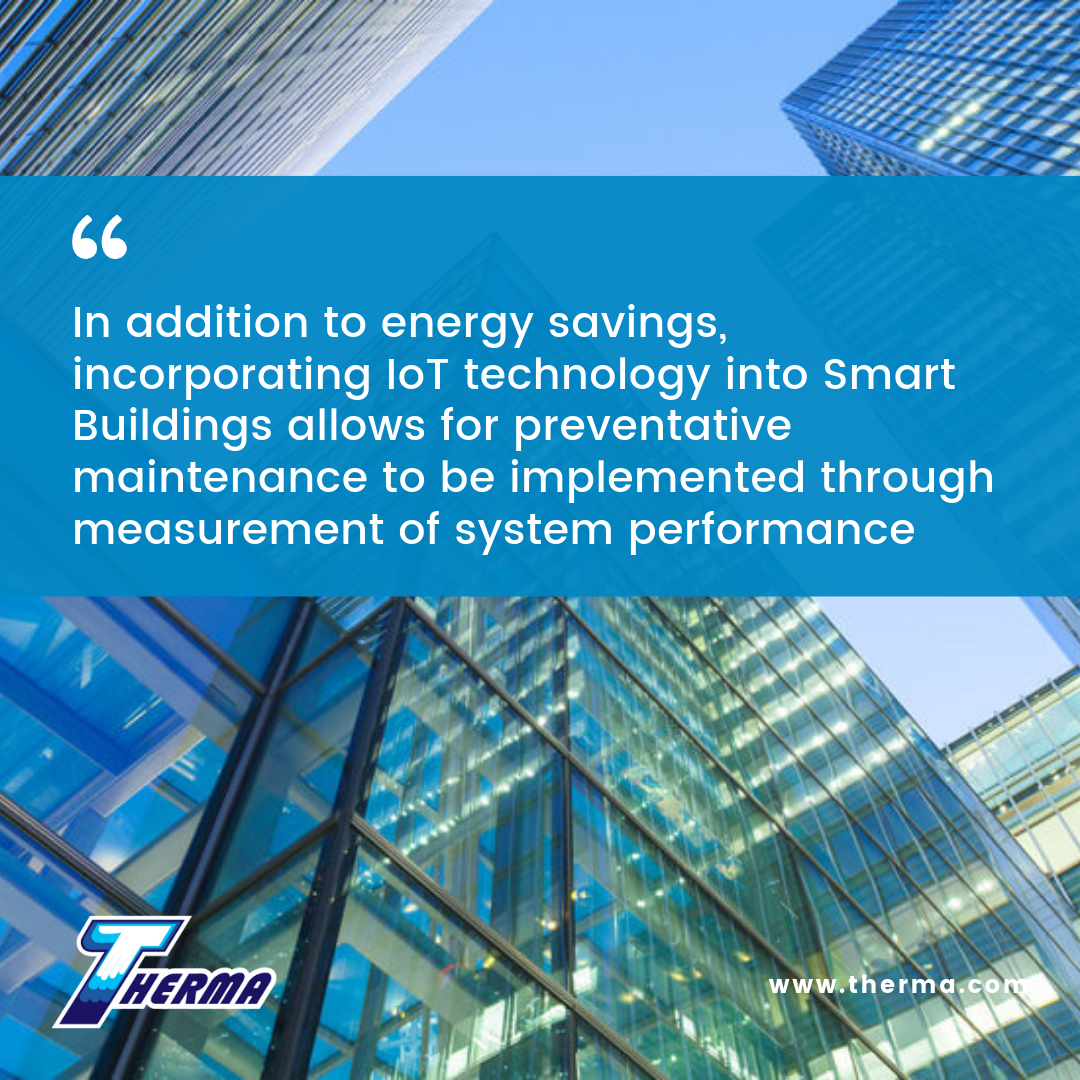Modern buildings are no longer static objects made up of walls and windows with some thermal and lighting control. Rapid advances in technology and the incorporation of Internet of Things (IoT) style systems are causing buildings to evolve into dynamic environments capable of self–correction and multi-target optimization that are undeniably “smart”.
What is a Smart Building Automation?
The term “Smart Building” can be used to describe any building that makes use of some kind of automation in its operation and control. Smart building automation refers to automating the building’s controls. The degree of automation and use of intelligent technology can range from something as simple as a building with a timer-controlled heating, ventilation and air-conditioning (HVAC) system, to a building which continuously adjusts HVAC operation based on measured interior conditions and occupancy information to optimize energy consumption.

Much of the thinking behind smart buildings is based on optimizing building performance with the goal of reducing energy consumption and the associated costs. HVAC system and lighting automation are therefore common as these are typically among the larger consumers of energy in a building. Automation can, and is, however be applied to almost all building systems including, for example, sanitation, safety and security systems.
With the rapidly growing Internet of Things (IoT) and associated decreasing price of sensors and controllers, “smarter” building automation offering greater benefits is becoming increasingly accessible.
IoT Technology
The Internet of Things refers to networks of sensors and other electronic devices that are capable of communicating with one another. The underlying principle of the IoT is that by continuously monitoring and recording data relating to the performance of the various components that make up a certain system (e.g. a building), and rapidly analyzing that data, it is possible to gain deep insight into the behavior of the system which can be used to optimize certain metrics (e.g. energy efficiency).
IoT technology is therefore focused on monitoring, communication, data collection and analysis rather than automation and control. The benefits of using this information to inform and improve decision making related to building automation are numerous and powerful.
Benefits of Smart Building Automation And IoT Technology
The degree to which the potential benefits of building automation can be realized depends on the quality of the decisions made relating to the automation of the building operation. The quality of this decision making process can be dramatically improved if the behavior of the building and the impact of any changes in operation are well understood. IoT technology provides building managers and other decision makers with high resolution information relating to the operation and performance of the building and therefore enables this higher level of understanding and therefore enhances the benefits of smart buildings.

One of the primary benefits of Smart Buildings is reduced energy consumption. Automation of a building’s energy consuming systems allows for greater control of how much, and when, energy is consumed in the building. The potential energy savings can be further enhanced with IoT technology.
As an example, consider a building HVAC system. Automation of this system can save energy by, say, only running the system during the hours when the building is typically occupied. In this scenario the HVAC system would be servicing the entire building despite occupants perhaps not using certain rooms at any given time. By incorporating an IoT sensors that detect occupancy and communicates that the HVAC system should service (or not) certain rooms, additional energy can be saved.
In addition to energy savings, incorporating IoT technology into Smart Buildings allows for preventative maintenance to be implemented through measurement of system performance and alerting the building manager when the system is observed to not be performing as expected. Reduced equipment failures and maintenance outages further contribute to the potential cost saving benefits of Smart Buildings.

Other benefits include improved occupant health and productivity through IoT feedback driven optimization of interior environmental conditions, optimized resource use and management, improved building security and safety, improved sanitation and reduced water consumption.
By Michael Owen, PhD
Michael is a mechanical engineer working in academia. His research encompasses various aspects of fluid dynamics and heat transfer with a strong emphasis on industrial heat exchangers.
Sources:
- https://www.designingbuildings.co.uk/wiki/Smart_buildings
- https://www.telit.com/blog/smart-building-automation-benefits/
- https://www.wired.co.uk/article/internet-of-things-what-is-explained-iot
- https://www.irisys.net/blogs/smart-buildings/5-key-benefits-of-smart-buildings
- https://www.buildings.com/news/industry-news/articleid/21542/title/how-iot-devices-enable-predictive-maintenance
- https://iot.telefonica.com/blog/5-key-benefits-of-smart-building-automation
- https://www.buildings.com/news/industry-news/articleid/21603/title/iot-smart-building-technology
- https://medium.com/iotforall/iot-for-smart-buildings-isnt-what-you-think-it-is-bc4019270a47







